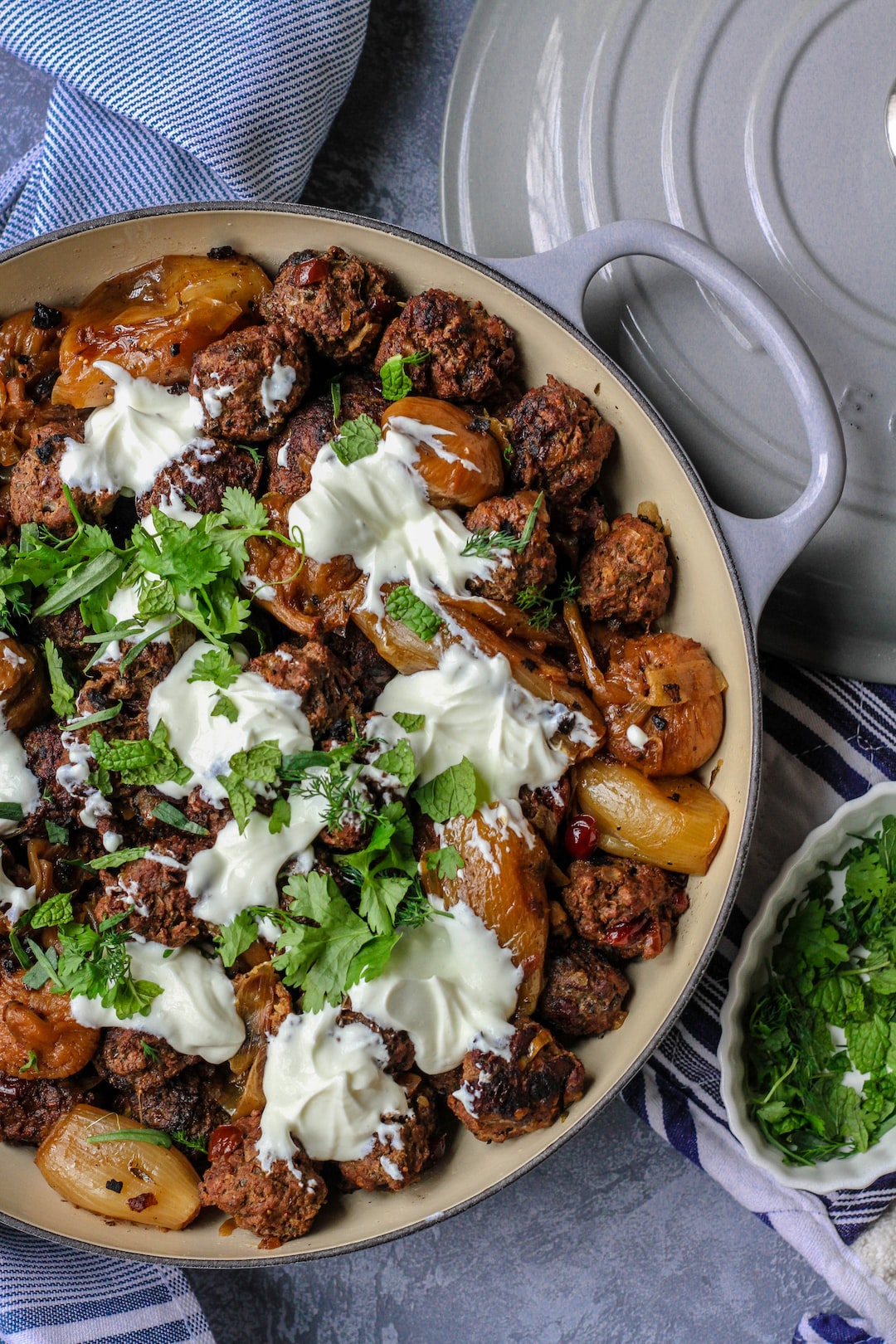Unlocking the Secrets of Baking Bread: From Yeast to Kneading
Bread has been a staple food for centuries, providing sustenance and comfort to people around the world. For many, the process of baking bread remains a mystery, as they rely on store-bought loaves instead. However, with a little understanding and practice, baking bread can become a rewarding and satisfying experience. In this blog post, we will explore the secrets of baking bread, from the role of yeast to the art of kneading.
One of the key ingredients in bread-making is yeast. Yeast is a microscopic fungus that ferments sugars, producing carbon dioxide gas in the process. This gas causes the dough to rise, resulting in the light and airy texture we associate with good bread. When using yeast, it’s crucial to activate it properly. Yeast needs a warm, moist environment to come to life. To activate yeast, dissolve it in lukewarm water along with a pinch of sugar. Wait for about 10 minutes until the mixture becomes foamy. If the yeast fails to foam, it may be old and ineffective.
Once the yeast is activated, it’s time to combine it with other ingredients to form the dough. Basic bread dough typically consists of flour, water, salt, and sometimes sugar and fat. Flour provides structure to the bread, while water hydrates the gluten, a protein in the flour that gives the bread its chewy texture. Salt enhances the flavor, and sugar and fat can improve the crust and give the bread a softer texture. It’s important to accurately measure the ingredients, as slight variations can affect the final result.
The next step in bread-making is kneading. Kneading is the process of working the dough to develop the gluten, which gives bread its desirable texture. To knead the dough, place it on a lightly floured surface and push it away from you using the heel of your hand. Fold the dough back onto itself, rotate it slightly, and repeat. Kneading should be done for about 10 minutes until the dough becomes smooth, elastic, and no longer sticky. Kneading not only strengthens the gluten but also helps distribute the yeast and other ingredients evenly.
Once the dough is properly kneaded, it needs to undergo fermentation or rising. Fermentation allows the yeast to continue producing carbon dioxide, thereby expanding the dough. Place the dough in a greased bowl, cover it with a clean kitchen towel, and let it rise in a warm place until it doubles in size. This process can take anywhere from 1 to 2 hours, depending on the environment’s temperature. Patience is key during fermentation, as rushing it can result in a dense and heavy loaf.
After fermentation, it’s time to shape the dough. Gently punch down the risen dough to remove any air pockets. Then, shape it into the desired form. This can be a round loaf, baguette, or any other shape you prefer. Place the shaped dough on a baking sheet or in a greased bread pan. At this stage, the dough needs to go through a second rise or proofing. Cover it with a clean kitchen towel and let it rise for another 30-60 minutes until it doubles in size again.
Baking is the final step in the bread-making process. Preheat the oven to the specified temperature and, if desired, brush the dough with egg wash or water to achieve a shiny crust. Place the bread in the oven and bake it for the recommended time, typically 30-45 minutes, until it turns golden brown and sounds hollow when tapped on the bottom. It’s important to cool the bread completely before slicing it to ensure even texture and prevent it from becoming gummy.
In conclusion, baking bread is a delightful journey that encompasses various steps and techniques. From activating the yeast to kneading the dough, each stage contributes to creating a loaf of bread that is both delicious and satisfying. So why not unlock the secrets of baking bread and embark on this fulfilling culinary adventure? With time and practice, you’ll be able to master the art of bread-making and enjoy the aroma of freshly baked bread that permeates through your home.

